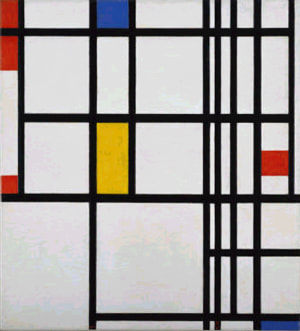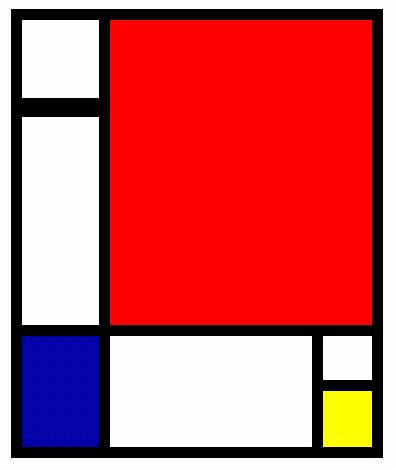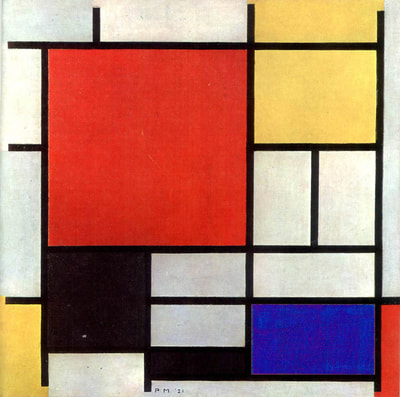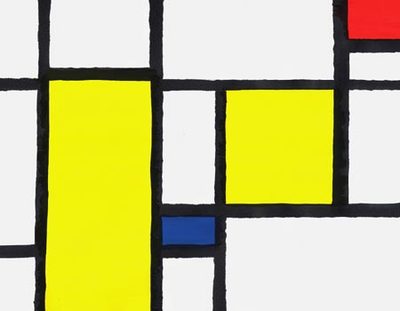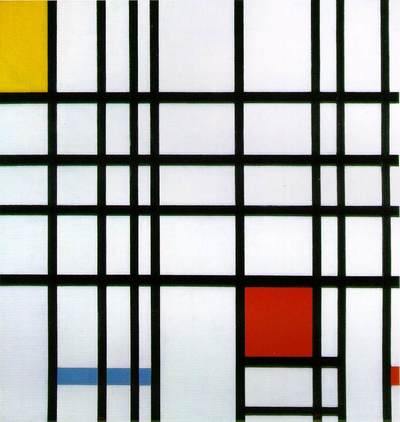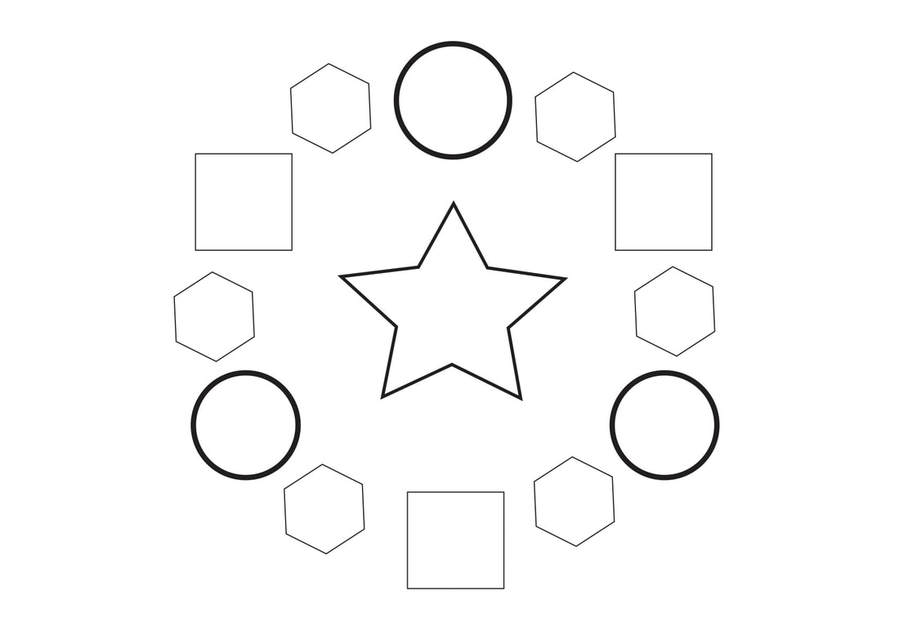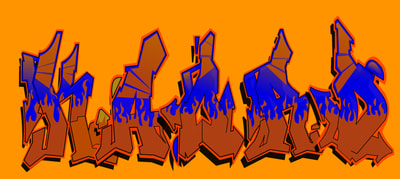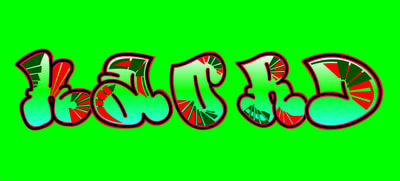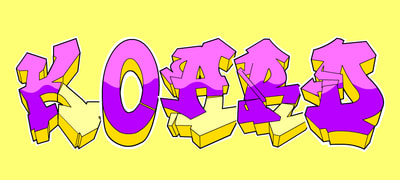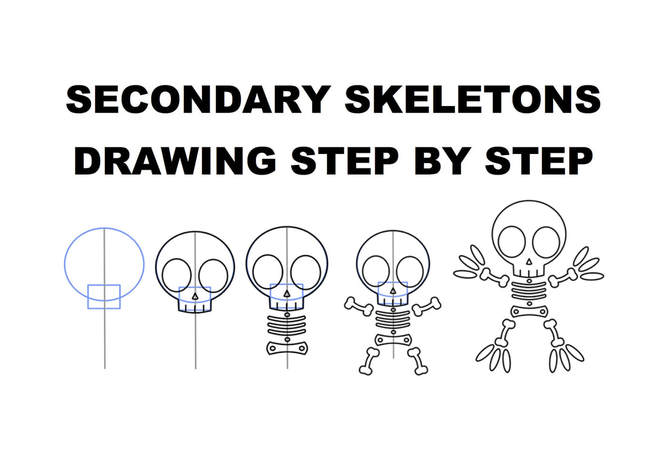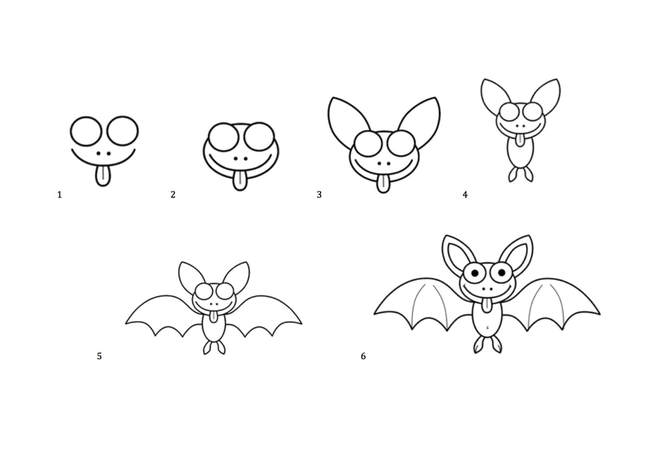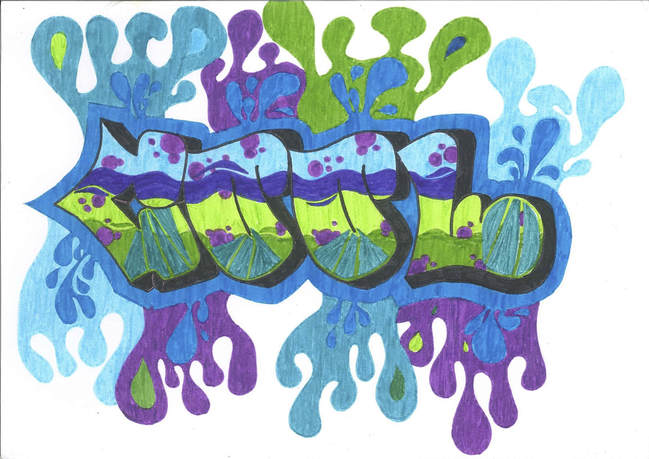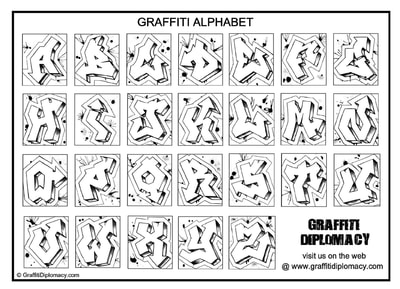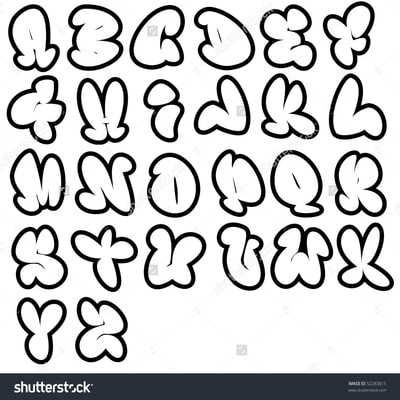THE 'first FAST five' Project
ESSENTIAL question: WHAT is Art? Why do we do it? How do we do it? and when do we do it?
The '1st fast 5' project is for you to be exposed to What is Art? Why do we do it? and the power to be creative! You will create 5 artworks over 5 weeks which is pretty fast really. You will participate in the art making process using important skills such as idea generation, critiquing, using the elements of art, principles of design and refining skills and techniques to create AWESOME artworks!
Practical task One: Mini Mondrian Project
Learning Intention: Learn how the elements of art and principles of design can create an appropriated artwork of Pier Mondrian.
Success Criteria:
Success Criteria:
- Recognise the artworks of Pier Mondrian
- Use the paper given to you to successfully you own Mondrian inspired artwork
- Know more about the different types of colours, lines and shapes.
practical task two: Colour Wheel
Learning Intention: What is the colour wheel and how are the colours created (and mixed)?
Success Criteria:
Success Criteria:
- Correct Primary colours located in the circles
- Correct Secondary colours located in the squares
- Correct Tertiary colours colours located in the hexagon
| colour_wheel.pdf | |
| File Size: | 223 kb |
| File Type: | |
Learning Intention:
Successfully use complementary colours to create a range of digital graffiti pieces using www.graffiticreator.net/
Success Criteria:
Use Graffiti Creator to explore and experiment with colour and graffiti text/fonts
Create an individual piece for the following combinations: Blue/Orange, Red/Green and Purple/Yellow.
Understand Graffiti is an important art making practice to learn and use.
Successfully use complementary colours to create a range of digital graffiti pieces using www.graffiticreator.net/
Success Criteria:
Use Graffiti Creator to explore and experiment with colour and graffiti text/fonts
Create an individual piece for the following combinations: Blue/Orange, Red/Green and Purple/Yellow.
Understand Graffiti is an important art making practice to learn and use.
step by step process
Step One: Create a Street Art name...do you know who Banksy is?
Step Two: Click the following link www.graffiticreator.net/
Step Three: Choose a writing style and enter your Street Art name, then investigate what you can do.
Step Four: Create 1 x digital graffiti artwork for each complementary colour (purple + yellow, red + green and blue + orange)
Step Five: Make sure you screenshot your work and add it to your digital portfolio (Google Slides).
Step Two: Click the following link www.graffiticreator.net/
Step Three: Choose a writing style and enter your Street Art name, then investigate what you can do.
Step Four: Create 1 x digital graffiti artwork for each complementary colour (purple + yellow, red + green and blue + orange)
Step Five: Make sure you screenshot your work and add it to your digital portfolio (Google Slides).
examplars
Practical task four: secondary skeletons & bats
Learning Intention: Anyone can draw....if they want too!
Success Criteria:
Remember doing more drafts will improve your skills and final artwork.
Success Criteria:
- Use preliminary sketches to develop a drawing
- Successfully follow the step by step process of drawing the skeleton and bat (see below).
- Remember to forget about the final product and simplify the drawing into line, shape and proportion.
Remember doing more drafts will improve your skills and final artwork.
examplars
practical task five: WARM & COOL Graffiti WRITING
Learning Intention:
Become an expert on Graffiti Writing styles using Warm and Cool colours to create your own artworks.
Success Criteria:
Become an expert on Graffiti Writing styles using Warm and Cool colours to create your own artworks.
Success Criteria:
- Research and collate a range of graffiti font styles including hard edge and bubble writing.
- Successfully draw out a visually interesting graffiti artwork for both Warm and Cool colours
- Colour fill using the correct colours representing warm and cool.
